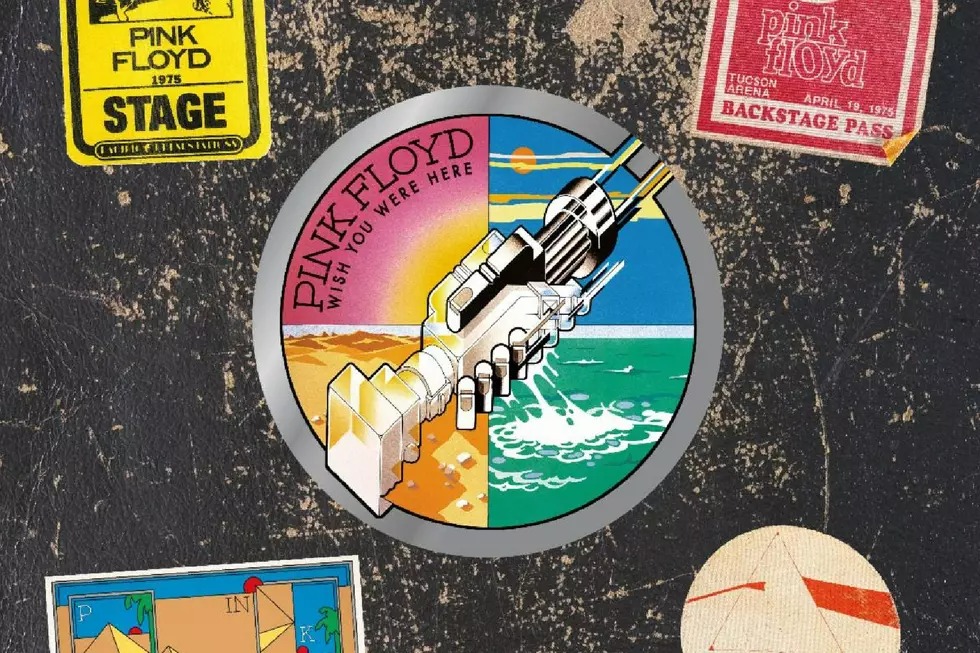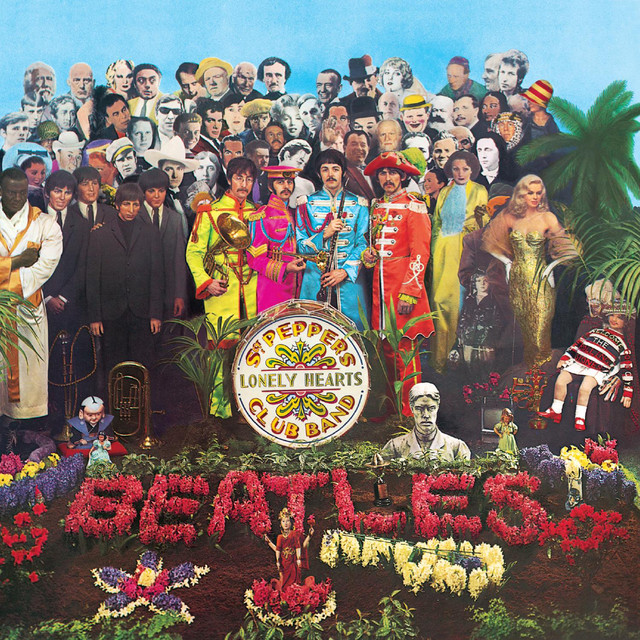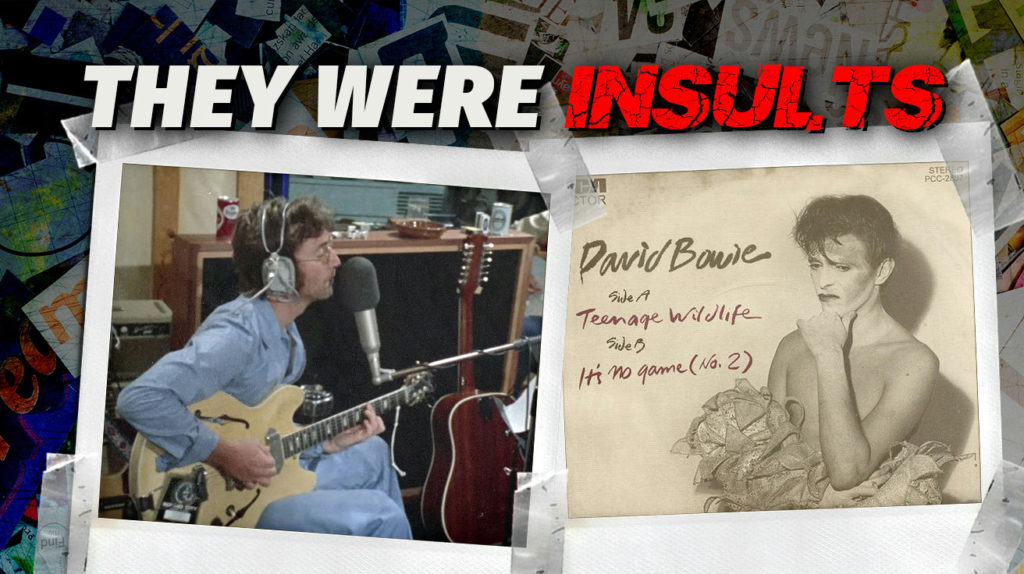
Rock music has always thrived on conflict. Behind many iconic tracks lies a simmering grudge, an axe to grind, or a rivalry playing out in power chords. These musical confrontations weren’t just personal therapy sessions—they became cultural touchstones that fans still blast decades later, sometimes unaware they’re jamming to songs born from genuine animosity.
From band feuds and bitter breakups to political outcries, these sonic declarations show how tension often fuels creativity. Each track on this list serves as both a time capsule and an artistic statement—a reminder that in rock’s hallowed halls, personal conflicts and passionate disagreements have produced some of the most enduring music in the genre.
20. Limp Bizkit – Hot Dog

Fred Durst inadvertently created the most expensive insult in rock history with this attempted takedown of Nine Inch Nails’ Trent Reznor. By incorporating NIN elements, Bizkit was forced to credit Reznor as a writer, ensuring he profited from his own character assassination.
It’s the musical equivalent of trying to punch someone in the face but accidentally handing them your wallet instead. Durst’s backfired diss track serves as a cautionary tale about copyright law and the dangers of sampling your enemies. In the battle of wits, Reznor won without lifting a finger, just cashing checks for a song meant to humiliate him.
19. Green Day – Holiday

Billie Joe Armstrong transformed political frustration into power-chord rebellion with this anti-Bush administration protest anthem. The song bottled the disillusionment of mid-2000s America while giving voice to those who felt powerless against the Iraq War machine.
Twenty years later, the track remains relevant not just for its political stance but as a template for how rage against the machine can be packaged in a radio-friendly format. Holiday demonstrated that mainstream rock could still be dangerous when necessary, serving as both a catchy single and a Molotov cocktail thrown at the establishment. Even soccer moms were inadvertently blasting political protest from minivan speakers. Protest anthems and diss tracks have sparked headlines and debates, earning their place among the most controversial songs in music history.
18. Queen – Death on Two Legs
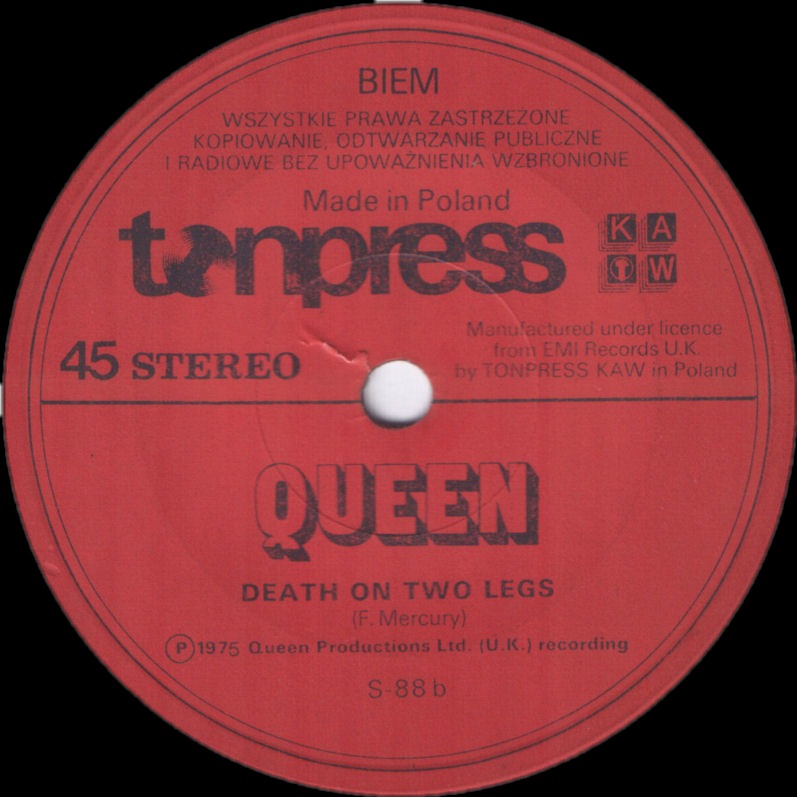
Freddie Mercury’s poison pen letter to former manager Norman Sheffield proves venom sounds better in four-part harmony. This track transforms business grievances into operatic destruction, demonstrating why you should never cross someone with Mercury’s vocabulary and Brian May’s guitar.
Sheffield’s response—a defamation lawsuit—only cemented the song’s legacy as one of rock’s most elaborate takedowns. Mercury created the musical equivalent of burning someone’s house down, then using the flames to toast marshmallows. The track remains a masterclass in how to make accounting disputes sound like the end of the world.
17. Lynyrd Skynyrd – Sweet Home Alabama
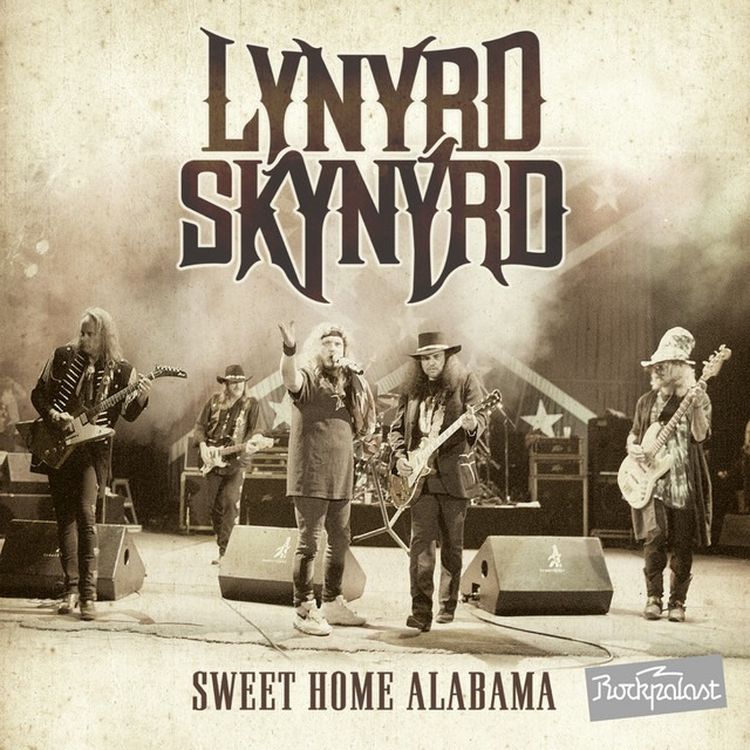
Regional pride collided with political critique when Lynyrd Skynyrd responded to Neil Young’s “Southern Man” with this enduring anthem of Southern identity. The track transcended simple rebuttal to become a geographical battle cry that still fills wedding dance floors today.
Like a polite but firm finger pointed at Young’s Canadian chest, the song defends an entire region’s honor without sacrificing its infectious groove. Few diss tracks achieve the rare distinction of becoming so beloved that their target origin story becomes a footnote rather than a headline. People who’ve never heard “Southern Man” still know every word to Skynyrd’s response.
16. Evanescence – Call Me When You’re Sober
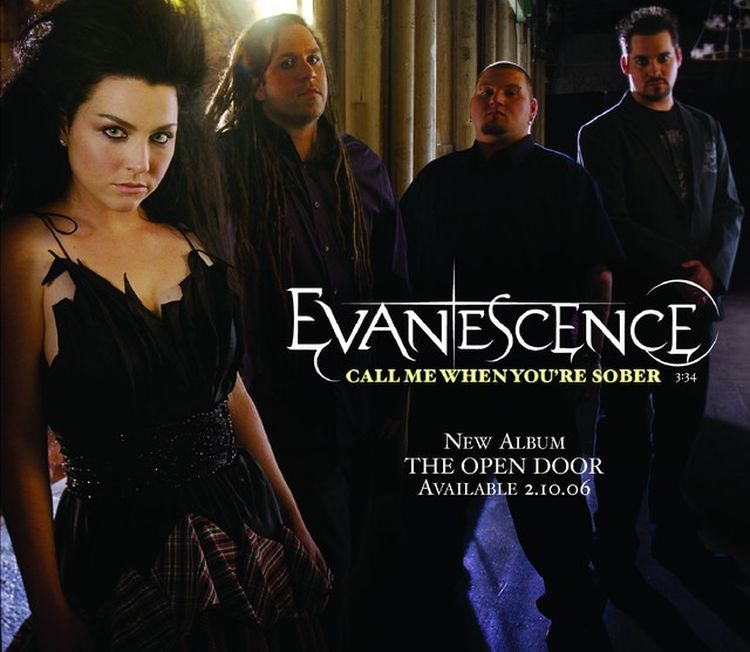
Amy Lee’s vocals cut through the noise like a diamond through glass on this track aimed at Seether frontman Shawn Morgan. Written in the aftermath of their relationship collapse and his struggles with addiction, the song transforms personal devastation into universal catharsis.
It’s music as exorcism—Lee turning private heartbreak into an arena-sized anthem that helped countless fans process their own relationship wreckage. Talk about turning lemons into platinum records. Every time she belts out the chorus, you can practically feel the emotional restraining order being served.
15. Nightwish – Bye Bye Beautiful

Few workplace terminations get immortalized in symphonic metal, but Nightwish’s firing of Turunen inspired this orchestral breakup letter. The resulting situation forced Turunen’s replacement, Anette Olzon, into the awkward position of performing a song insulting her predecessor.
It’s the musical equivalent of being asked to deliver the eulogy for someone you’ve never met—awkward, public, and impossible to refuse. The track demonstrates how band dynamics can mirror dysfunctional families, with fans forced to choose sides in divorces they never asked to witness. Behind the fantasy lyrics and soaring melodies lies a workplace dispute that would make HR departments shudder.
14. The Acacia Strain – Skynet
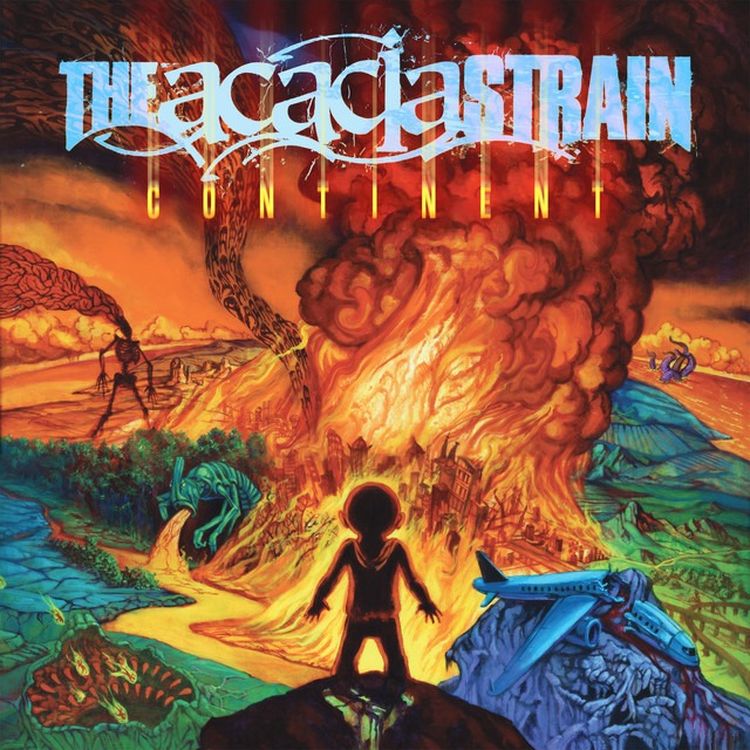
Underground metal communities buzz with theories about band rivalries, including persistent rumors about “Skynet” targeting other bands for sound theft. Despite widespread fan speculation about A Static Lullaby being the target, Vincent Bennett has actually denied these claims. The song nonetheless represents how underground scenes process conflict through aggressive soundscapes.
The curious twist remains that these unconfirmed feud rumors garnered substantial attention for both bands, proving that even alleged hatred can be productive in music. It’s the sonic equivalent of flipping a table in a restaurant—dramatic, memorable, and discussed long after the fact, regardless of whether it actually happened as fans believed.
13. Stone Temple Pilots – Cool Queenie
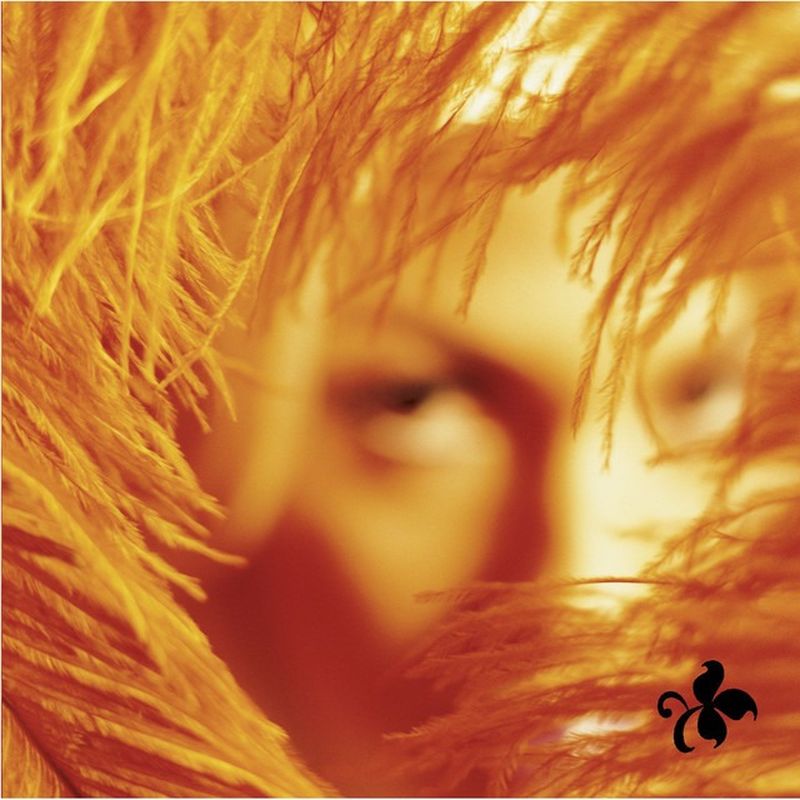
“Cool Queenie” emerged during a time when the post-Cobain music scene was rife with tension. While fan theories and rock mythology have long suggested the track was aimed at Courtney Love, Weiland never officially confirmed this target. The song nonetheless captures the charged atmosphere of 90s rock when grief, authenticity and legacy were being contested in real-time.
Like throwing a lit match into a room full of gasoline, the lyrics ignited existing industry tensions. The song functions as both a historical document and a masterclass in veiled aggression—a snapshot of that moment when grunge’s innocence had evaporated and everyone was fighting for control of the narrative. Music industry feuds rarely come packaged in such catchy riffs, whether or not this particular one had Love in its crosshairs.
12. Paul Simon – A Simple Desultory Philippic
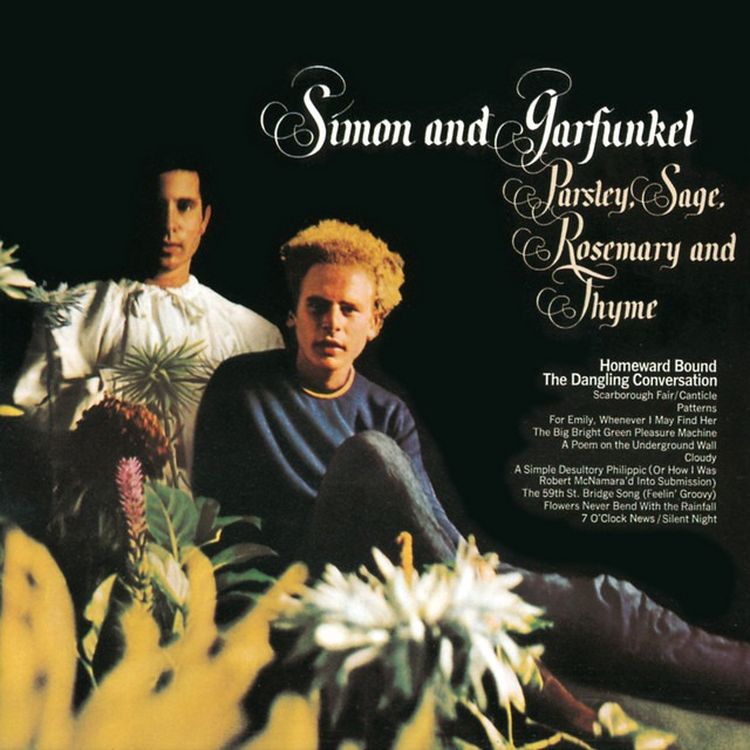
Rather than direct attack, Simon chose surgical parody to mock Bob Dylan’s style, creating a funhouse mirror reflecting Dylan’s vocal tics and dense lyrical references. The satire succeeds through loving attention to detail—Simon understood his target well enough to recreate him perfectly.
It’s the musical equivalent of showing up to a costume party dressed as the host, getting every detail right down to the nervous laugh. The track reveals as much about Simon’s wit as it does about Dylan’s style, serving as both a critique and a strange compliment. Effective parody requires intimate knowledge, and Simon’s track proves that he had been taking detailed notes.
11. Tool – The Pot

Maynard James Keenan wields words like surgical instruments on this dissection of hypocrisy. Rather than blunt force trauma, Tool’s approach cuts with precision, using intricate rhythms to deliver messages about power and deception.
Like watching a master chess player dismantle an amateur, there’s something almost beautiful about the methodical way Keenan exposes his targets. The track’s continued relevance speaks to the unfortunate consistency of political theater—different actors, same script. With each listen, new layers of meaning emerge like Russian nesting dolls of discontent.
10. Godsmack – Crying Like a Bitch
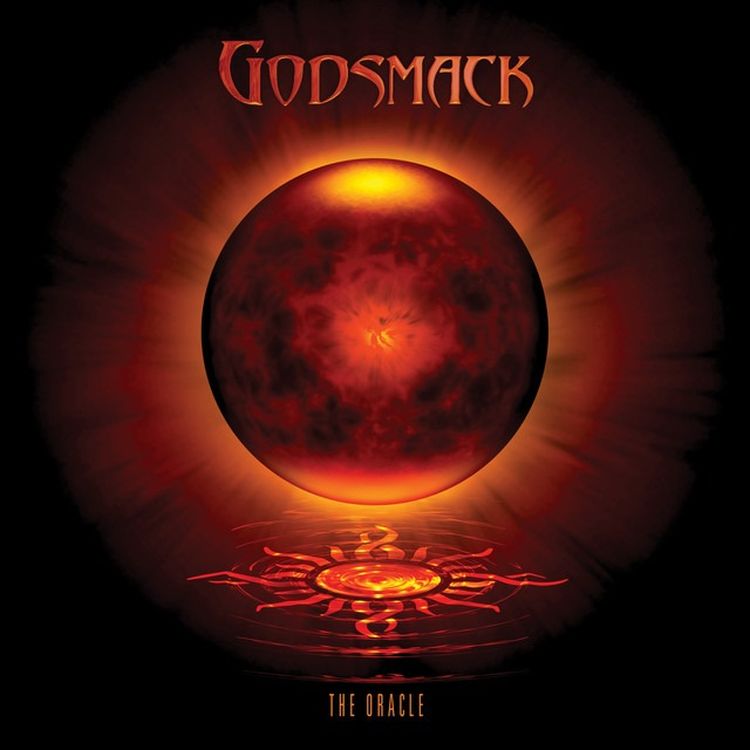
Tour buses make terrible roommates, as proven by this track born from the friction between Godsmack’s Sully Erna and Mötley Crüe’s Nikki Sixx. The hypnotic, nearly four-minute riff serves as the perfect vehicle for Erna’s frustrations about backstage politics.
The song reveals the unglamorous reality behind the rock star curtain—that sometimes legendary musicians act just as petty as everyone else in your office break room. Behind the pyrotechnics and devil horns, rock remains a workplace with its own toxic dynamics. Erna’s track turns that toxicity into something fans can headbang to while imagining their own workplace enemies.
9. John Lennon – How Do You Sleep?
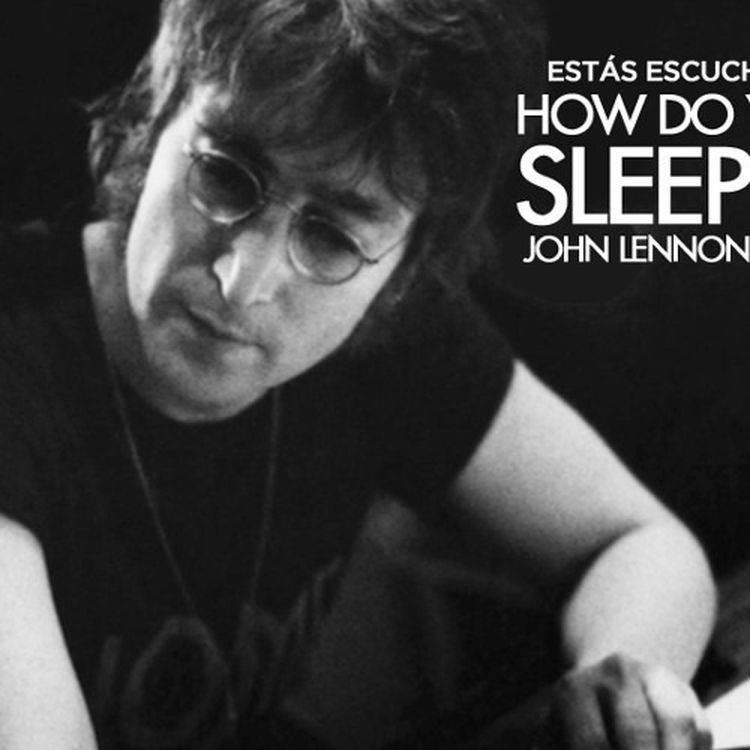
Lennon’s brutal response to McCartney’s jabs elevated the post-Beatles feud to nuclear levels with this devastating character assassination. The track represents perhaps rock’s most ruthless diss track—all the more cutting coming from someone who once shared such creative intimacy with his target.
The song functions as a masterclass in how to dismantle someone’s entire career in under four minutes. That these two musical giants eventually reconciled speaks to the strange magnetism that often remains between creative partners even after public destruction. Like watching heavyweight champions trade blows, the track remains both uncomfortable and impossible to ignore. Few rivalries produced music as cutting as the post-Beatles spats between Lennon and McCartney—prime examples among the many songs that broke up bands forever.
8. Foo Fighters – I’ll Stick Around
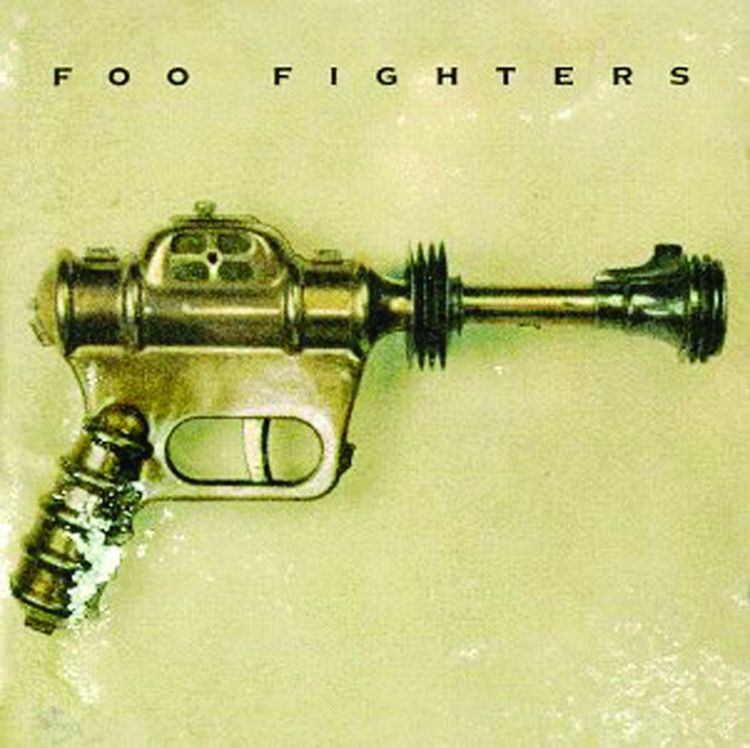
Dave Grohl emerged from Nirvana’s ashes clutching this musical declaration of independence. After enduring Courtney Love’s public accusations of greed, Grohl responded not with a press release but with a scorching track that made it clear who wasn’t responsible for Nirvana’s success.
The repeating refrain “I don’t owe” functions less as chorus and more as mantra—a sonic restraining order that helped establish Grohl’s post-Nirvana identity. It’s the sound of someone closing one chapter forcefully enough to crack the binding on the next one. Not just a diss track but a founding document for one of rock’s most enduring careers.
7. Radiohead – Anyone Can Play Guitar
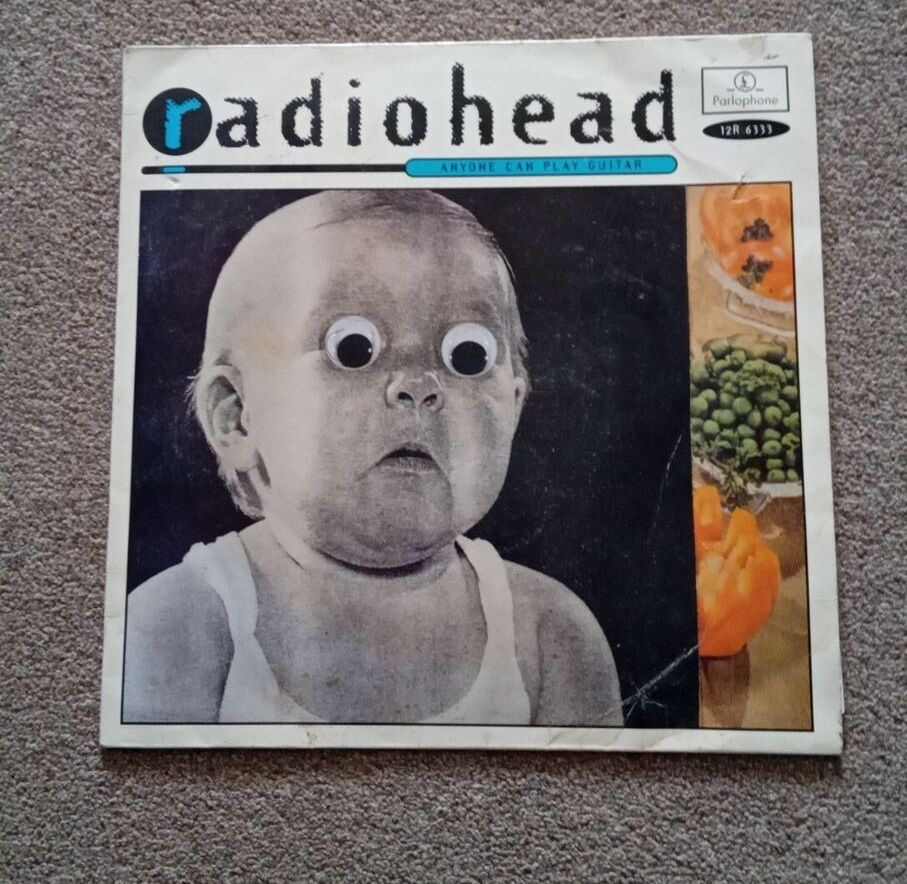
Thom Yorke transformed critical rejection into creative fuel with this sarcastic response to negative reviews. Rather than licking their wounds, Radiohead channeled criticism into creation, demonstrating why they would eventually transcend being pigeonholed.
Like turning lemons into artisanal, small-batch, critically-acclaimed lemonade, the track shows Radiohead’s early ability to process and transform negativity. The song serves as a reminder that critical reception often says more about the critic’s limitations than about the artist under review. Sometimes the best revenge is proving everyone wrong on your own timeline.
6. Foo Fighters – Let It Die

“Let It Die” presents a darker, more reflective side of Grohl that transforms anger into something closer to mourning. While Grohl has hinted at connections to Courtney Love and Kurt Cobain’s relationship, he hasn’t always been explicit about targets. The track captures the helplessness of watching someone’s self-destruction from a distance, fury tempered by fatigue.
The song functions like the final email you write but never send after a toxic relationship ends. There’s less rage here than in “I’ll Stick Around,” but the emotional wounds feel deeper. Grohl demonstrates how musical expressions, like real relationships, evolve over time—from white-hot anger to something more complex and nuanced, letting listeners draw their own connections.
5. David Bowie – Teenage Wildlife

The Thin White Duke aimed his elegant disdain at Gary Numan and emerging synthpop artists through this sophisticated takedown of style over substance. Bowie’s critique comes from someone who invented reinvention, making his dismissal of newcomers particularly cutting.
Like watching a chess grandmaster critique someone for playing checkers, there’s something delicious about Bowie’s musical eye-roll at artists he viewed as derivative. The track serves as both a defense of artistic evolution and a warning shot across the bow of those Bowie saw as mere trend-followers. It’s a reminder that innovation and imitation often battle in the same charts.
4. Paul McCartney – Too Many People
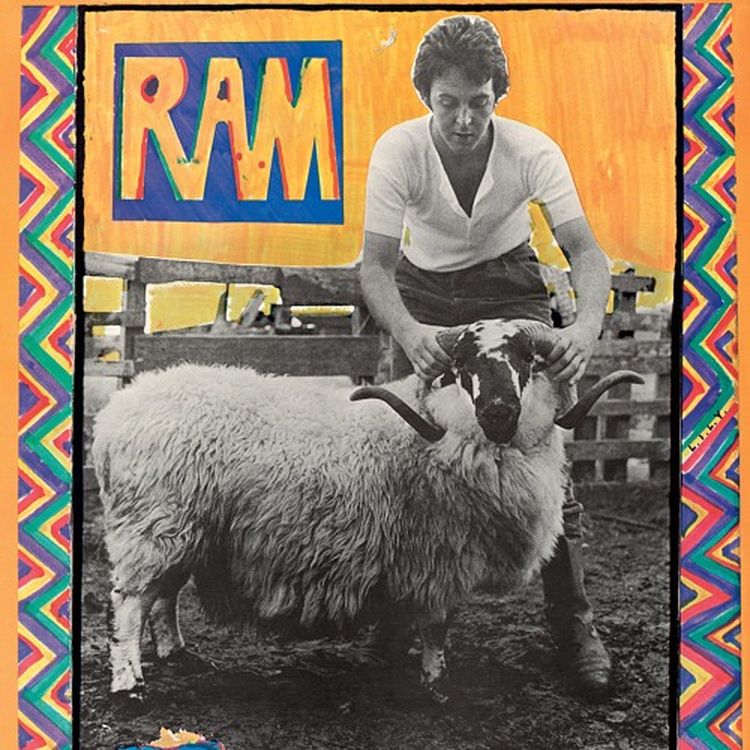
Post-Beatles bitterness seeped into McCartney’s solo work with this pointed track aimed at his former songwriting partner. The song captures the unique pain of watching a creative partnership deteriorate into public sniping between two artists who once changed music history together.
Like watching your parents argue at Christmas dinner, there’s something particularly uncomfortable about witnessing Beatles discord. The track serves as a reminder that even the most magical collaborations can sour, and that sometimes the people who understand you best know exactly where to aim their criticism. Few breakups have been documented with such melodic precision.
3. Fleetwood Mac – Go Your Own Way
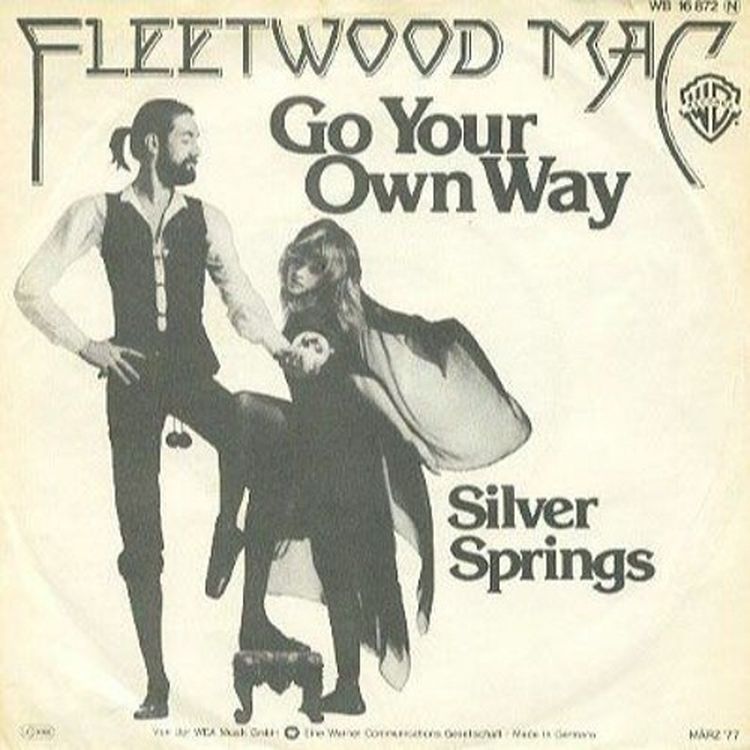
Lindsey Buckingham’s breakup anthem to Stevie Nicks created the uniquely excruciating situation of former lovers performing their dissolution nightly on stage. Few relationship post-mortems get witnessed by stadium crowds for decades after the fact.
The track serves as Exhibit A for why mixing business with romance can create both professional magic and personal hell. Nick’s nightly performance of a song that attacked her character represents perhaps the most expensive form of emotional labor in rock history. Their ability to transform dysfunction into gold records remains the band’s dark superpower.
2. Nirvana – In Bloom
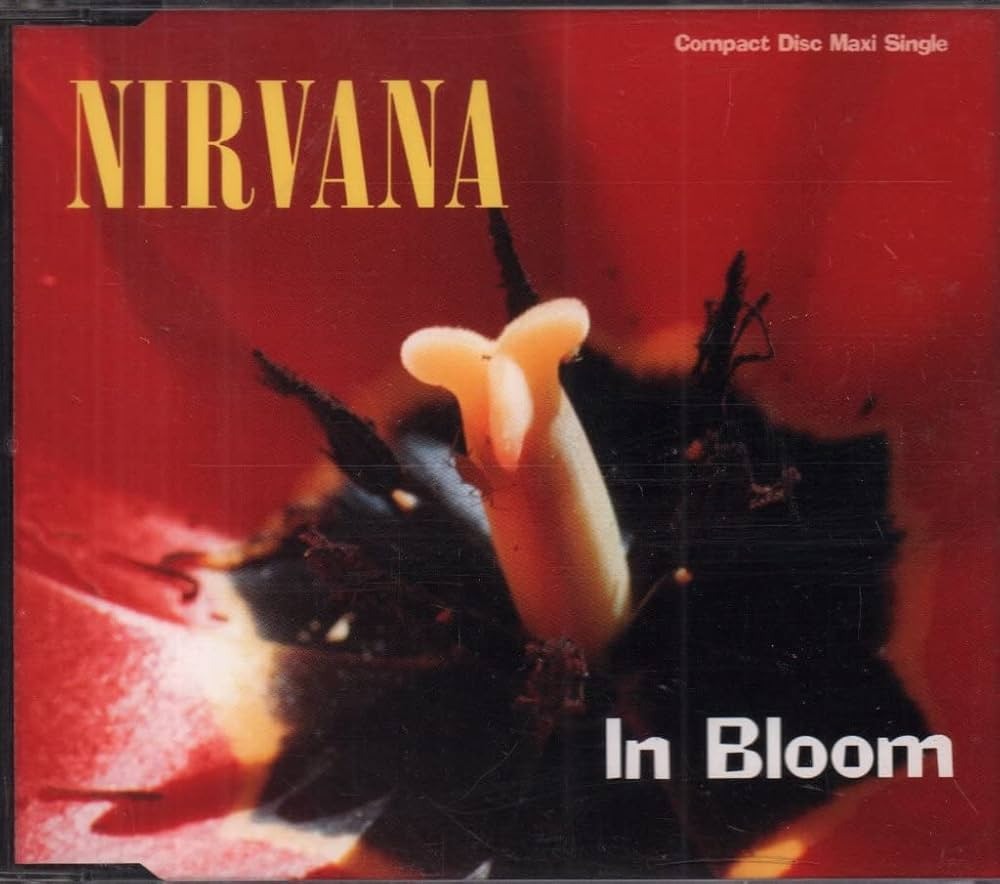
Kurt Cobain turned his gaze toward his own fan base with this critique of mainstream audiences who misunderstood Nirvana’s message while singing along to their songs. The track captures the disorienting experience of watching counter-culture become culture overnight.
The song serves as Cobain’s musical eye-roll at jocks suddenly wearing flannel and singing his lyrics without processing their meaning. Few artists have called out their own audience so directly while still creating something they couldn’t help but consume. It’s the musical equivalent of a restaurant putting “Not for you” on their most popular dish—a rejection that paradoxically draws people closer.
1. Bachman-Turner Overdrive – You Ain’t Seen Nothing Yet
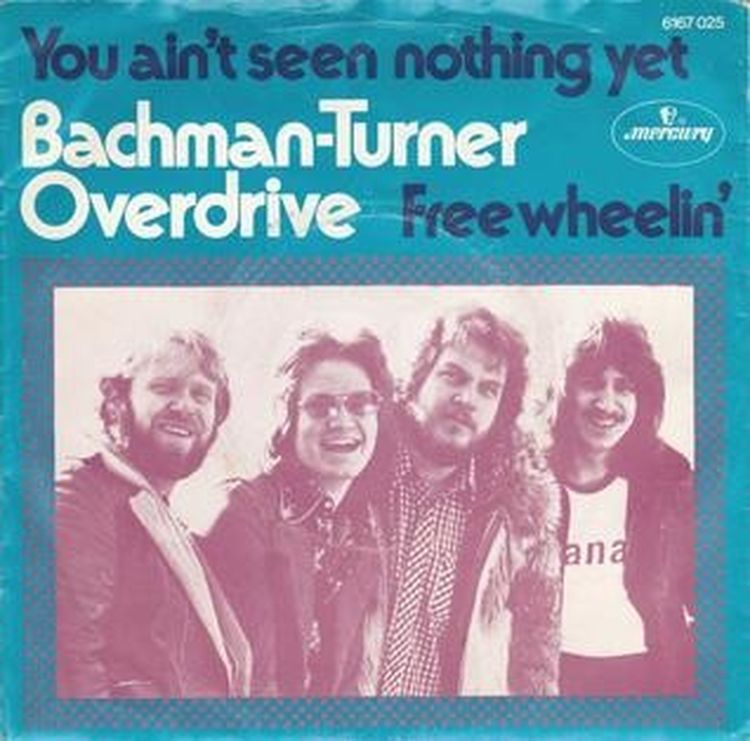
Randy Bachman’s brotherly ribbing transformed into rock history when his joke about his brother’s stutter became an unexpected hit. The record company’s insistence on including this private joke created one of rock’s most recognizable hooks.
It’s the musical equivalent of an embarrassing childhood photo becoming a viral meme—something never intended for public consumption becoming permanently associated with your identity. The song’s success demonstrates how accidents often outperform calculation in creating authentic moments. Sometimes the tracks we throw away become the ones fans treasure most.









